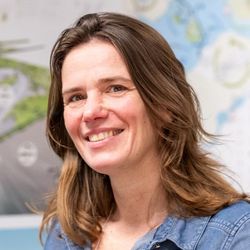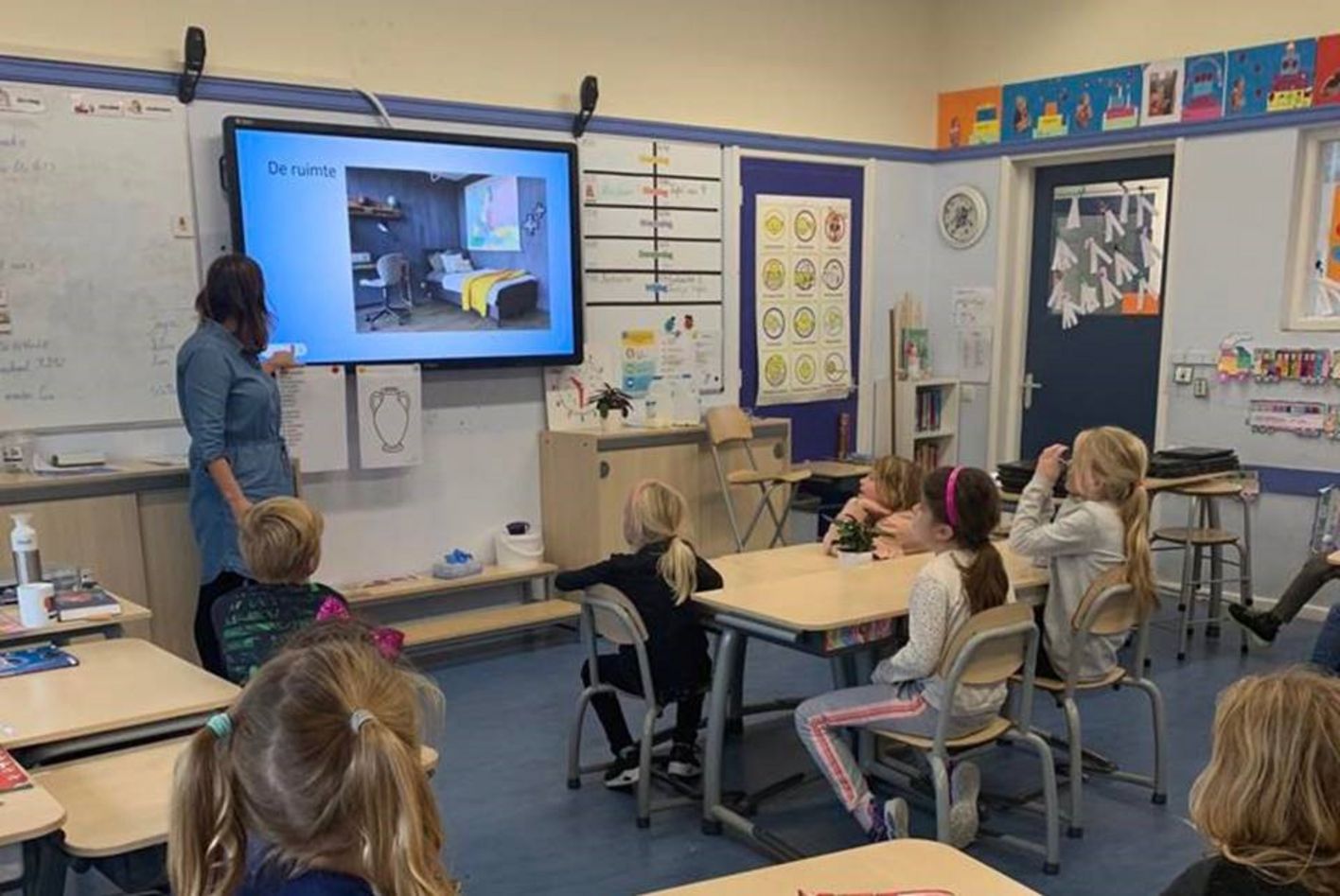Environment and planning vision in practice: a challenging task
In 2020 Witteveen+Bos began preparing an environment and planning vision for a municipality in green and water-rich surroundings featuring recreational and natural areas but also several major urban regions nearby. Project manager Ellen Weerman and Kim Poelsema, editor of the environment and planning vision, provide an inside look at this project.
You are working on this environment and planning vision. Can you explain its role?
Ellen: ‘With the introduction of the Environment and Planning Act, municipalities need to have an environment and planning vision ready: a vision with long-term strategic policy choices for the municipality’s physical living environment. The vision addresses the relationship between space, water, environment, nature, landscape, traffic and transport, infrastructure and cultural heritage. The format of the environment and planning vision is not defined: the municipal council determines the level of detail as well as the areas, sectors and topics. The environment and planning vision is the first instrument within the policy cycle and thus an important link for the other instruments of the Environment and Planning Act. The environment and planning vision influences the ultimate plan for the area, the all-in-one permit required for work to take place and the programme, so it’s a challenging task to say the least!’
How did you set up the process for the environment and planning vision for this municipality?
Kim: ‘We work according to our own method, which we call the ‘building blocks method’. The environment and planning vision is built step by step – by stacking different building blocks on top of one another. The first building block is a comprehensive policy analysis. What policy documents already exist for the relevant sector? And what should absolutely be included in the environment and planning vision? We then examine the trends and developments in the municipality and start ‘gathering ambitions and core values’. This could include a core value such as ‘small scale’ coupled with the ambition to encourage small-scale, high-quality recreation. These different building blocks are then stacked to form the vision. Our method requires a well thought-out participation process: What are the concerns the residents and social and public organisations have, and what challenges do they think their municipality will be facing in, say, twenty years’ time?’
How did you approach the participation process in this municipality?
Ellen: ‘Together with the municipality, we drew up a participation plan to involve everyone – young and old – in the vision. An ambitious plan that we couldn’t fully implement because of the coronavirus pandemic. The generation interviews between young and old, for instance, had to be cancelled; so we sought creative solutions, such as developing an online teaching method for primary schools with the motto ‘Let’s fill up the space together!’. This learning experience provides insight into the Environment and Planning Act and shows that you have to make choices regarding the space around you. Students were allowed to create a postcard from the future: ‘Greetings from … in 2040’. It provided interesting insights: children put the importance of safe traffic, sustainable energy and clean natural areas at the top of the list. We also surveyed people at the local market and organised several digital sessions with residents, social organisations and municipal policy staff. By engaging with different stakeholders, you always gain new – and sometimes surprising – insights.
What did you consider the biggest challenge of this project?
Kim: ‘We want to preserve the good qualities of the municipality and strengthen them wherever possible. However, congestion in the housing market and on the roads are bottlenecks in the municipality. There is also a lack of affordable housing. Working on a solution is challenging: much of the municipality falls under the province’s ‘unique regional landscape’ protections, making it difficult to achieve expansion.’
Ellen: ‘The municipality faces many challenges, as Kim points out. The municipal council has to set the course in terms of tackling these; we can’t do it for them. We can, however, stimulate the council to make the right long-term choices by making various interests – and sometimes conflicting ambitions – visible in the environment and planning vision.’
Contact

Ellen Weerman


